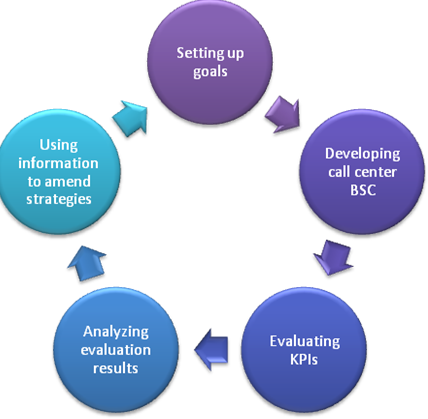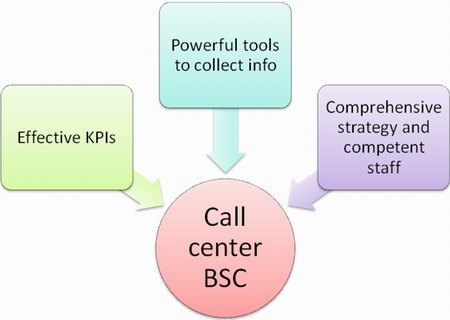The notion of call center metrics frequently becomes the object of controversy and concern. This is because not all business owners realize the importance of their implementation and those, who do understand their significance, cannot establish them correctly. As a result, there are dozens of questions related to this topic that need to be answered as soon as possible.
One of the most frequently asked questions is: what call center metrics are considered the most efficient nowadays? Generally, the choice of the indicators to be analyzed depends to a great extent upon the current effectiveness of your business, its profitability and reputability. Nonetheless, we may talk about the following metrics: level of service, customer satisfaction (also known as C-sat), schedule adherence, forecast accurateness, personnel productivity, quality of services, agent attribution etc. However, these are only a few metrics that may be set when it comes to evaluating the overall performance and quality of call center functioning. We will discuss the most critical metrics below.
Let us start with the metric known as the average speed of answer (also referred to as ASA). It implies tracking the amount of time a customer is on phone when waiting for the agent’s response. This indicator differs from one call center to another, making it possible to assume that it can substantially affect the level of customer satisfaction. Thus, if a caller does not have to wait for a long time to have his/her queries resolved, then he/she will be more likely to stay satisfied with the quality of servicing. Likewise, the customers who are forced to spend more time on phone, will probably not appreciate that and may look for another call center next time.
Abandonment rate is another metric that has to be analyzed when defining the company’s functioning. It involves the percentage of the customers who decide to hung up even before the calls they make reach agents. These rates can be identified by means of using an Automatic Call Distributor (or ACD) report. There is even a special formula that is applied to measure such rates. Experts point out, however, that this metric cannot be fully reliable, because there are lots of factors that may affect the abandonment rate, including insufficient personnel, inadequate call center management skills as well as outside factors. In addition, it is practically impossible to define why exactly the caller has abandoned the call.
Finally, we may proceed to another call center metric that is known as average handle time (or AHT). It is applied to identify the agent’s productivity, which is determined by the amount of calls he/she has handled during a specified period of time. There are a lot of things managers can do in order to enhance the staff’s skills. Thus, they can implement personnel training programs, for example, which will eventually result in the improved overall call center performance.

